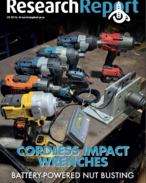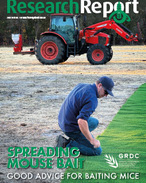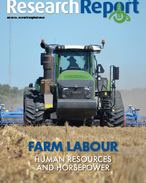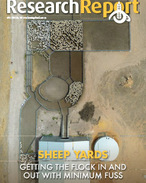This article is 8 years old. Images might not display.
The paper, which was co-authored by CSIRO climate scientists, tracked a surge in atmospheric methane since 2007, with concentrations of methane in the atmosphere over the last two years alone rising by more than 20 parts per billion, bringing the total to 1830ppb.
The spike threatens to thwart global attempts to combat climate change, which many feel are already inadequate to prevent catastrophes.
Methane emissions warm the planet by 20-30 times as much as carbon dioxide, and while global efforts have been CO2 volumes level off in recent years, the paper published in the peer-review journal Environmental Research Letters on Monday, speculates that agriculture may be the main source of the additional methane, and not fraccing or fugitive emissions.
It is estimated that fossil fuel production is responsible for about one third of methane emissions, although scientists admit monitoring of hydrocarbon and coal production is inadequate to fully quantify the impact, but the global methane budget is diffuse and hard to pin down.
Scientists know that as the Arctic tundra melts it is releasing methane from vegetation trapped below the permafrost, and this could be a potential tipping point, where climate change will become a runaway phenomenon that will become uncontrollable.
The fossil fuel industry tends to be centralised, and is working to control emissions, such as flare gas and wellbore leaks, but the agricultural sector is decentralised and much harder to control.
The paper warns that if methane is left unchecked global temperatures will rise by 4C, twice the climate Paris target, and that risks more extreme climactic conditions and sea level rises.
The Obama Administration recently enacted new rules requiring oilers to limit methane emissions, rules the Republican dominated Congress and US Big Oil lobby groups are seeking to overturn.
The paper also concludes that more needs to be done to limit emissions from cows by changing their diets, and studying other sources of emissions.























